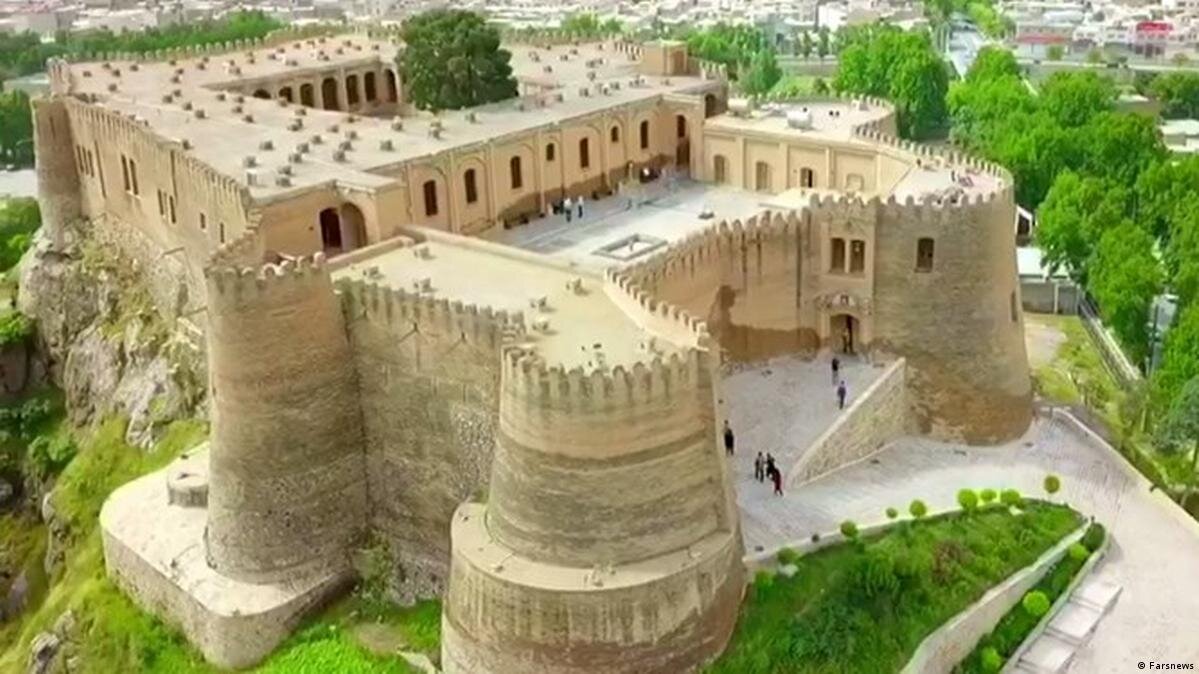Khorramabad’s cultural landscape may gain UNESCO World Heritage status in 2024

TEHRAN – A western Iranian cultural landscape, which entails a historical valley and Sassanid stronghold, could win the highly-coveted UNESCO World Heritage status next year.
The Ministry of Cultural Heritage, Tourism and Handicrafts has nominated Khorramabad’s valley and Falak-ol-Aflak fortress as one of the country’s candidates for a possible UNESCO designation, Lorestan province’s tourism chief said.
“An all-inclusive dossier dedicated to Khorramabad’s valley and Falak-ol-Aflak fortress is currently being prepared around the clock by teams of cultural heritage experts,” Ata Hassanpur said.
The unmissable eight-towered fortress dominates Khorramabad as one of the most visited travel destinations in the region for both domestic and foreign sightseers. The fortress seems particularly imposing and dramatic when floodlit at night, offering picturesque views of its encircling crenelated battlements.
Some experts believe that Falak-ol-Aflak is comparable with similar works in Naqsh-e Rostam, Naqsh-e Rajab, Tape Chugan, and Firuzabad in Fars province. In 2018, the UN cultural body added an ensemble of Sassanian historical cities in southern Iran -- titled “Sassanid Archaeological Landscape of Fars Region”-- to its World Heritage list. The ensemble is comprised of eight archaeological sites situated in three geographical parts of Firuzabad, Bishapur, and Sarvestan. It reflects the optimized utilization of natural topography and bears witness to the influence of Achaemenid and Parthian cultural traditions and of Roman art, which later had a significant impact on the architecture and artistic styles of the Islamic era.
The Sassanid era is of very high importance in the history of Iran. Under Sassanids, Persian art and architecture experienced a general renaissance. Architecture often took grandiose proportions such as palaces at Ctesiphon, Firuzabad, and Sarvestan which are amongst the highlights of the ensemble. Crafts such as metalwork and gem-engraving grew highly sophisticated, yet scholarship was encouraged by the state. In those years, works from both the East and West were translated into Pahlavi, the language of the Sassanians.
AFM
Leave a Comment